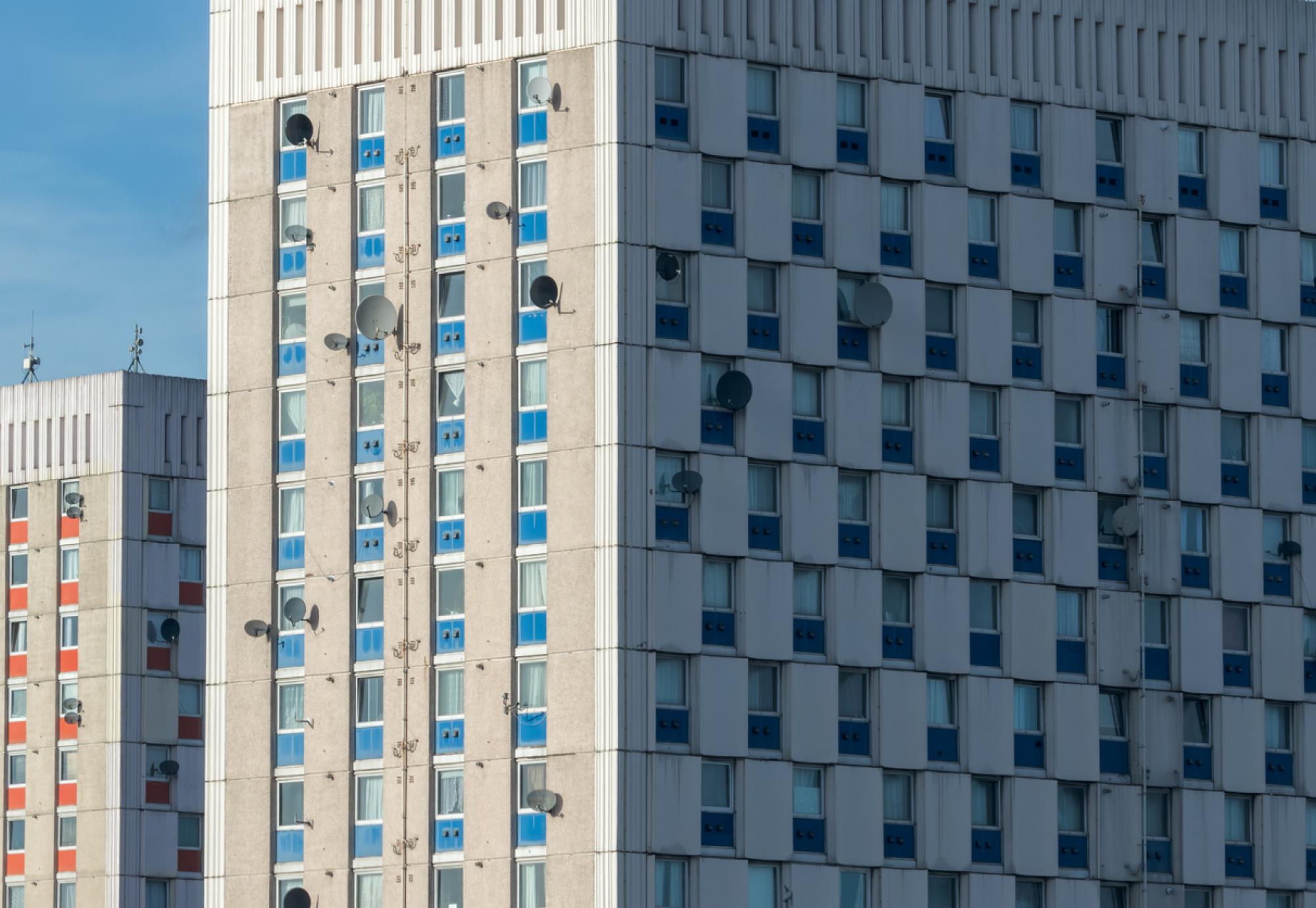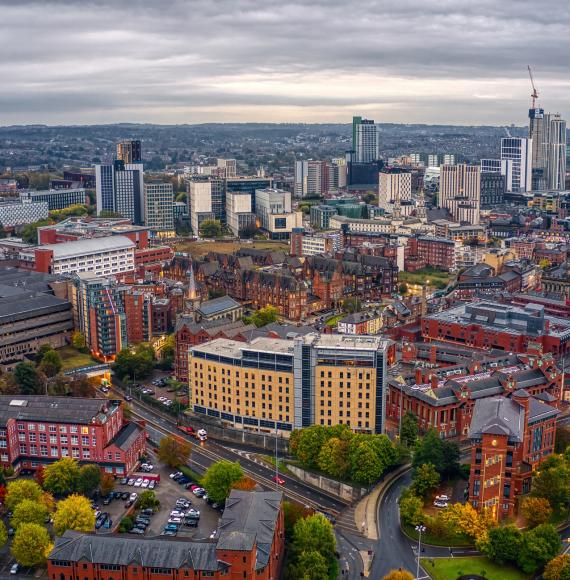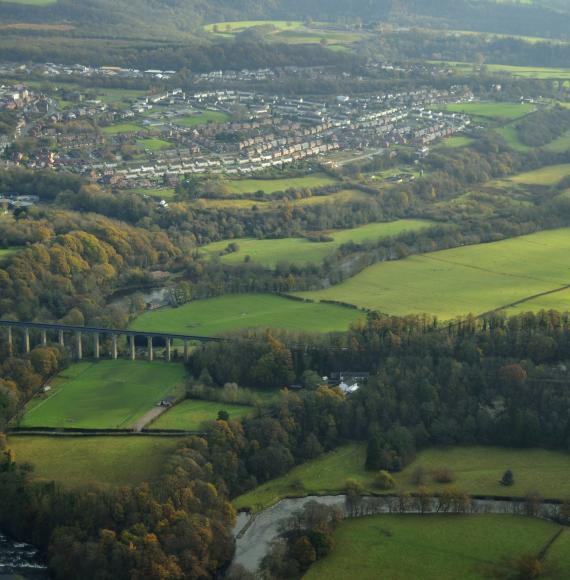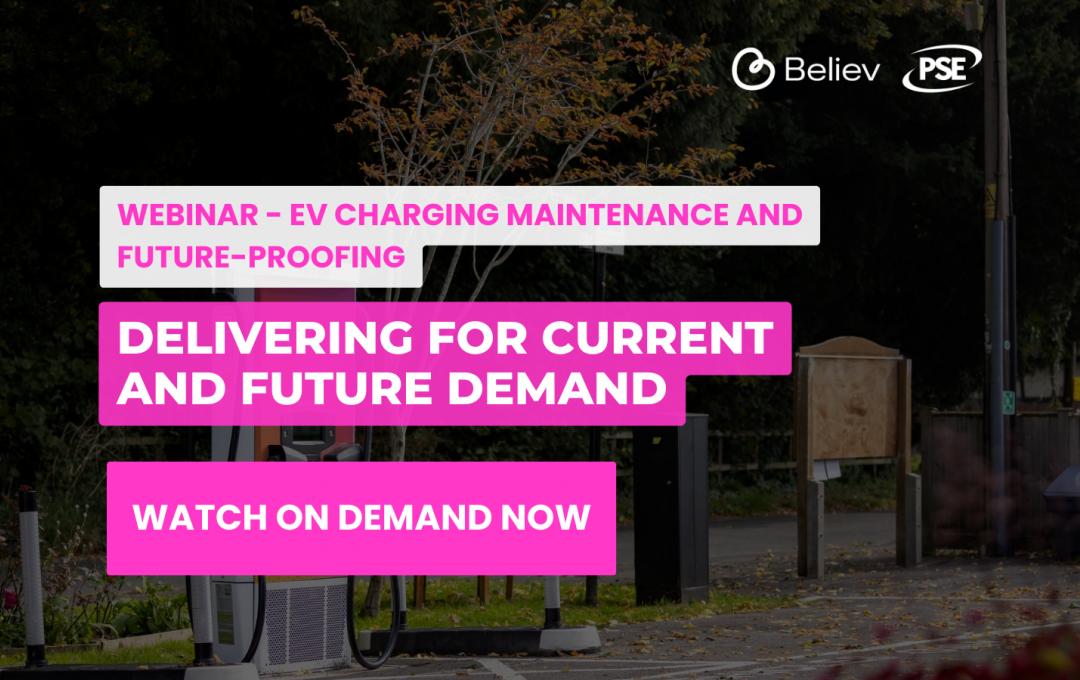A new report from the National Audit Office has outlined how the government must publish a target date for the remediation of dangerous cladding.
Alongside this recommendation, the NAO has also stated that the government must be more transparent with the performance of remediation works.
The report is the first from the NAO into the government’s remediation portfolio since five different programmes were brought together in 2023, and comes following September’s publication of the final report from the Grenfell Inquiry.
Progress has been made in the government’s approach to remediation, having significantly changed the types of buildings that fall under its scope, with programmes being established to address dangerous cladding for all of the buildings that it considers need remediating. Alongside this, the report has found that there has been a marked increase in remediation activity since the NAO’s 2020 report into the work ongoing.
Despite this progress, work to identify the remainder of the high-rise buildings that need remediating is taking longer than expected, with some potentially never being identified. This comes as a potential 7,200 buildings or more are yet to be identified, whilst some people still do not know if their buidings will be made safe.
Alongside the pace of work, the report also found that it will cost a total of around £16.6 billion to fix unsafe cladding in all buildings over 11 metres in England. Of this, the Ministry of Housing, Communities and Local Government is expected to provide £9.1 billion, with the remainder being funded by developers who have agreed to remediate any buildings they developed, private developers, or social housing providers.
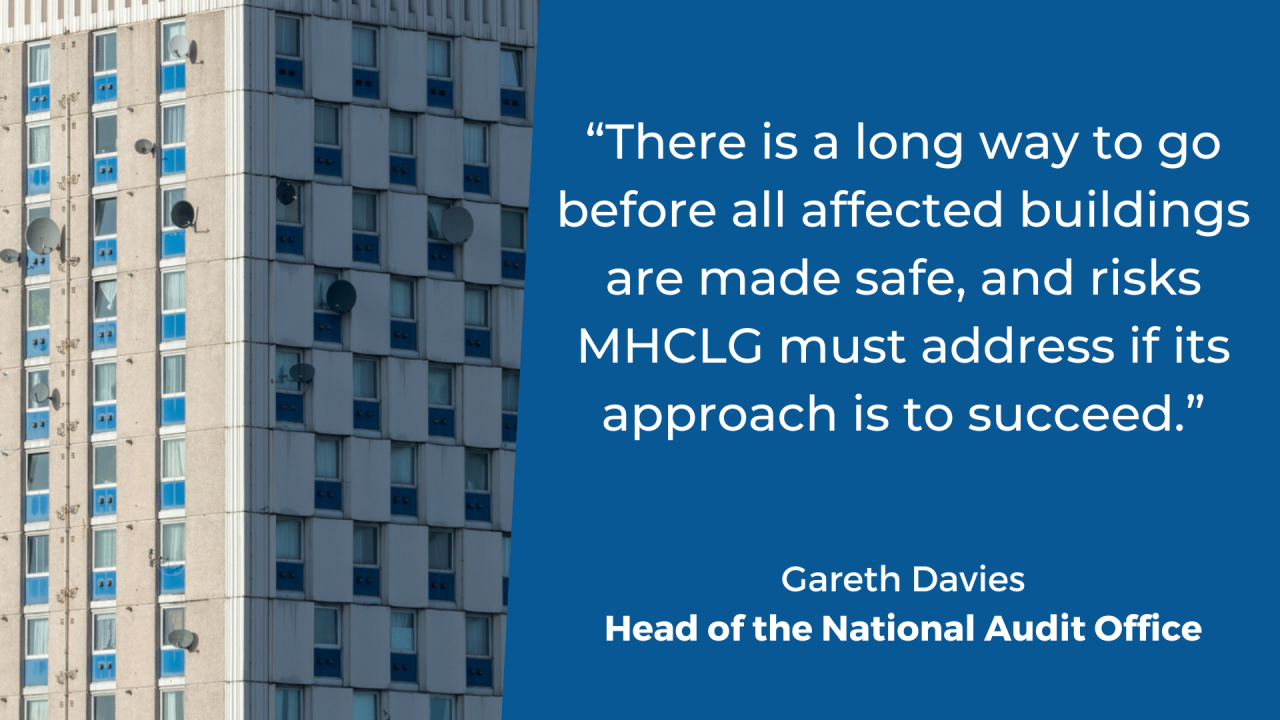
National Audit Office Head Gareth Davies commented:
“Seven years on from the Grenfell Tower fire, there has been progress, but considerable uncertainty remains regarding the number of buildings needing remediation, costs, timelines and recouping public spending. There is a long way to go before all affected buildings are made safe, and risks MHCLG must address if its approach is to succeed.
“Putting the onus on developers to pay and introducing a more proportionate approach to remediation should help to protect taxpayers’ money. Yet it has also created grounds for dispute, causing delays.
“To stick to its £5.1 billion cap in the long run, MHCLG needs to ensure that it can recoup funds through successful implementation of the proposed Building Safety Levy.”
Image credit: iStock

